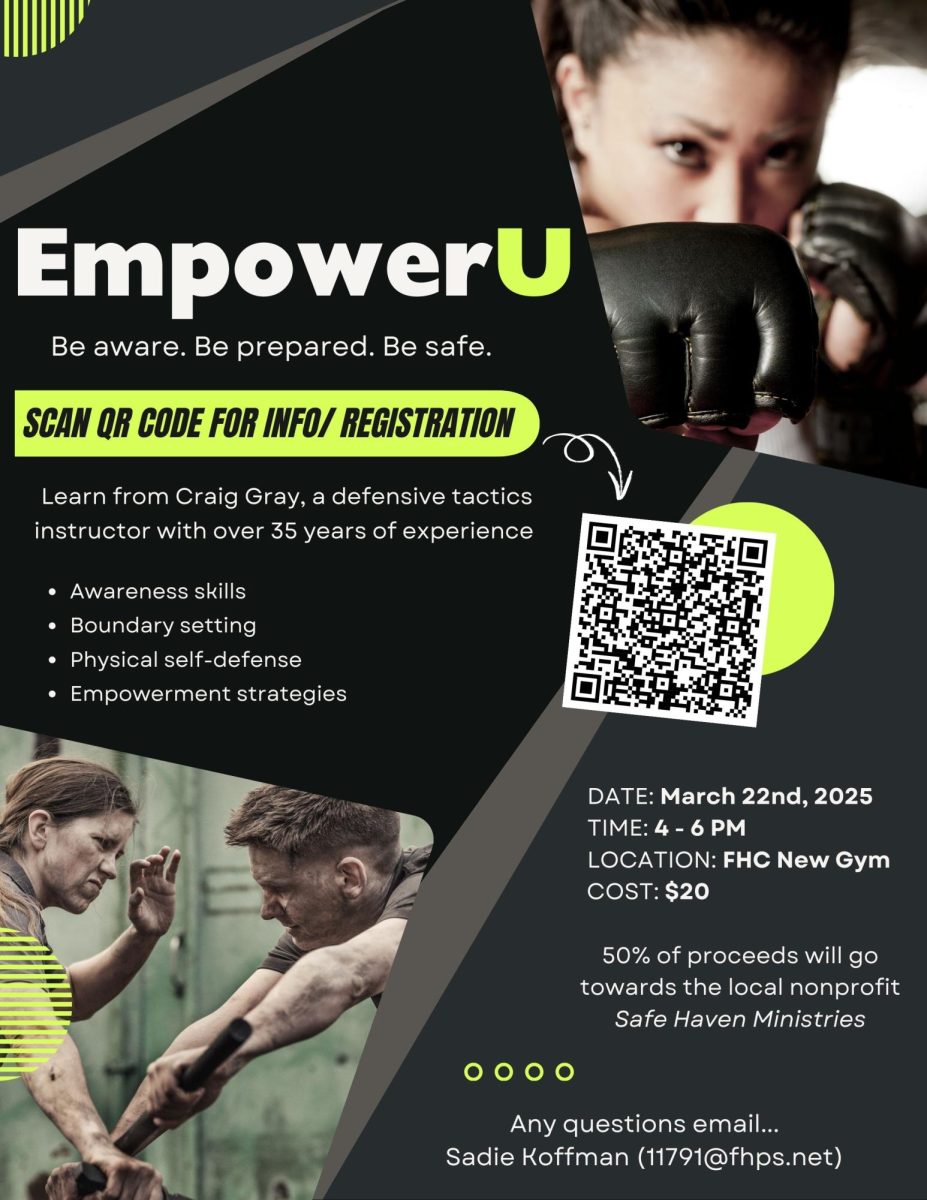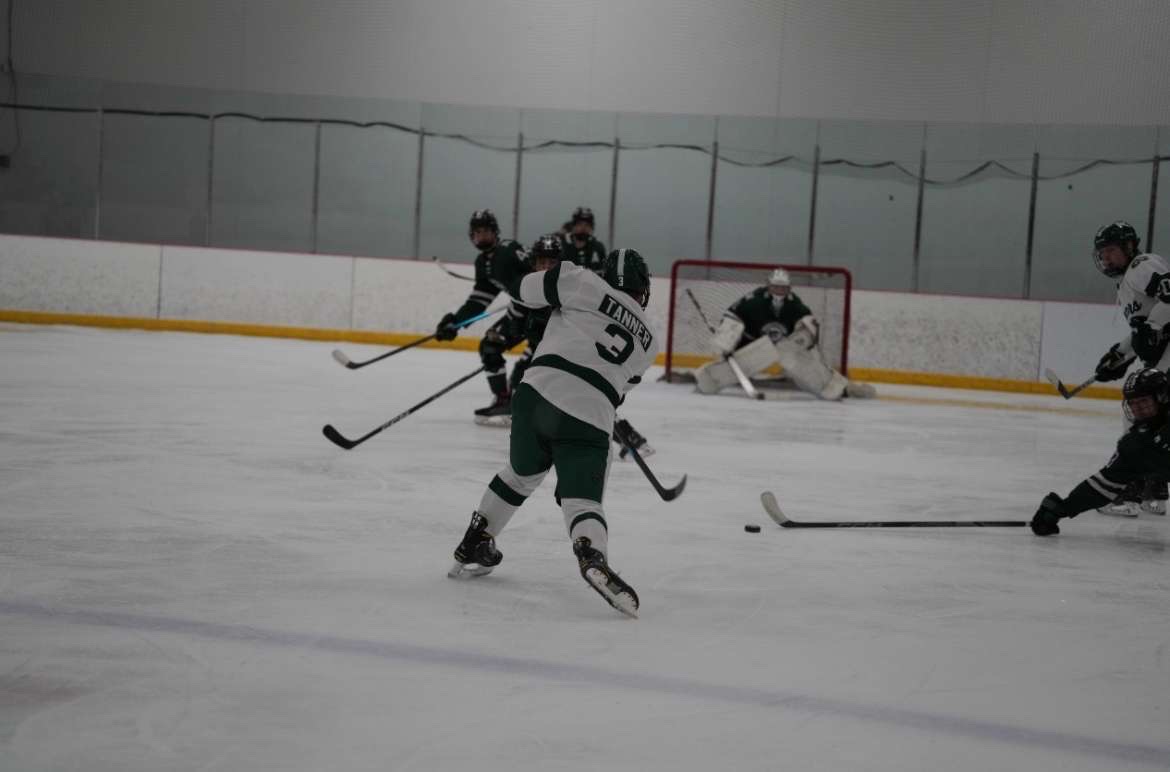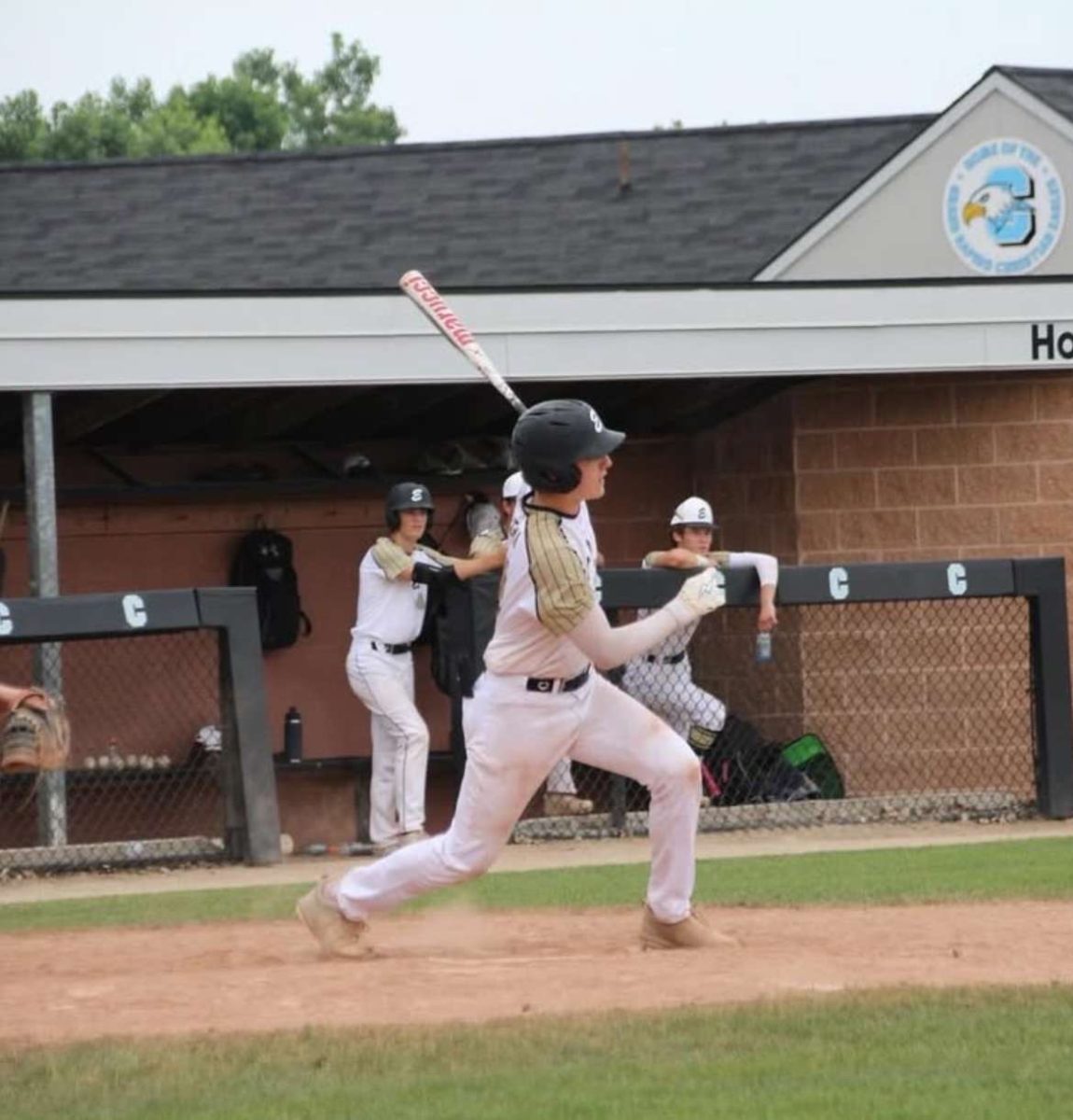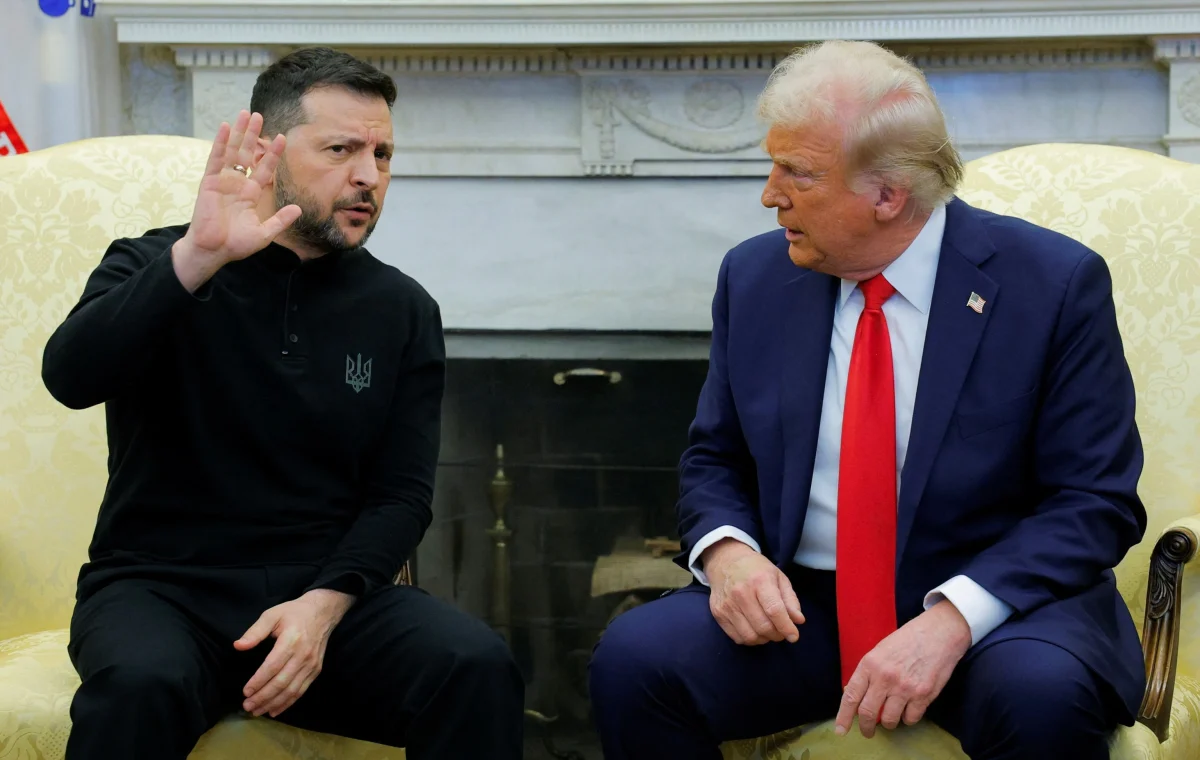For some, spending a Saturday night watching hockey is an evening well spent.
The high-paced, exciting atmosphere, buzz of the crowd, and electrifying gameplay all prove to make the sport one worth watching.
For the over 8,000 people at Utilitia Arena in Sheffield, England, who were lucky enough to grab tickets to a game between the Sheffield Steelers and contending Nottingham Panthers, the seemingly standard match of stick-and-puck would prove to be much more than just a hockey game.
On October 28, 2023, in the 35th minute of the game, Nottingham forward, and former Pittsburgh Penguin player, Adam Johnson was slashed in the throat by the skate of Sheffield defenseman Matthew Petgrave after the two players collided. With no neck guard to lessen the impact, Johnson’s jugular vein and carotid artery were simultaneously lacerated, almost instantaneously cutting off blood flow to his brain. Among the thousands of people watching both in-person and on television was Johnson’s fiancee, Ryan Wolfe, who witnessed the nightmare firsthand.
With such traumatic injuries almost always being fatal, Johnson was pronounced dead later that evening.
The shocking death of the 29-year-old athlete sent shock waves throughout the hockey community, manifesting payments of solidarity to Johnson and his family sport-wide. For many, this ghastly event was a painful sequel to those before Johnson who passed away due to the very same causes. Such events include high school sophomore Teddy Balkind, who—on January 6, 2022—was competing in a match-up against a neighboring school when he was fatally struck in the neck by an opposing player’s skate, an incident that occurred when the two collided. Only sixteen years old, his death was one of the first heavily publicized fatalities due to neck lacerations during a hockey game.
Over the years, the haunting problem of players being mortally struck in the neck without proper neck protection continues to rise. Yet despite the uprising of anxiety and outrage from players, fans, and parents, the most prominent hockey leagues worldwide have no rule mandating the use of neckguards amongst players.
The most publicized league, the National Hockey League (NHL), has yet to indict any obligation to wear neck guards, despite the growing number of calls for player safety. Other than conducting memorandums and expressing their condolences to those who lost their lives, the NHL refused to mandate what should be a standard safety measure. USA Hockey, the head of all organized ice hockey in the U.S., also has yet to require neck guards, stating only that they “recommend that all players wear a neck laceration protector,” but it is ultimately a personal choice. The Professional Women’s Hockey League (PWHL) also falls under the same category as the NHL, only enforcing the use of neckguards in the Olympic games.
Small efforts have been made, yet none have come to fruition. After the loss of Adam Johnson, some professional players began to wear neckguards to reduce the risk of such a horrible accident taking place again. Maple Leafs forward Tyler Bertuzzi was the first to don a neck guard after Johnson’s death, followed by a small band of players adapting the protection as well. The movement remained short-lived, however, as Bertuzzi and many others reverted to wearing no neck guard.
One would think that seeing and hearing about the grievous repercussions of not wearing suitable neck protection would be more than enough to influence someone to protect themselves. Yet, a majority of players remain too stubborn to even attempt to try wearing one, despite the consequences.
So why would someone not want to take the precautions to save their own life if the dreadful incident were to occur to them?
While there is no concrete response, the factor of so-called pride among players plays a key in an individual’s decision. In its nature, the game does not promote any sort of harmlessness or protection to players, which—to many fans—is what makes the game so enticing to watch. A rough game at its core, players tend to stray from wearing “extra” equipment, such as neck guards, in fear of adverting from the thrilling danger of the sport. Some even see wearing a neckguard as downright embarrassing.
Others refuse to wear the gear because, as a whole, modern-day neck guards do not provide enough protection to hinder the blow of what is essentially a denser knife traveling anywhere from 5-30 mph that could easily cut through flesh and bone. A half-inch thick piece of fabric is likely to be sliced by a skate on impact, deeming the protection as nearly useless in any serious collision. Some say that for such low injury prevention, wearing a neck guard is merely an uncomfortable, restricting expendability. Many do not care to try on a product that has no guaranteed fatality prevention.
However, those who made the switch to wearing neckguards have since reaped the benefits. One U16 hockey player from Eastern Ontario was wearing a neck guard when cut by a skate and sustained no fatal injuries, surviving what could have been a much worse ordeal. Another youth hockey player from Prince Edward Island was struck in the neck while wearing a neck guard, and she too was not lethally harmed, returning to play only a short time after the injury occurred. Without the protection of their neckguards, both players might have met their cataclysmic demise.
Every time a player steps onto the ice without rightful equipment there is a further chance that it could be their last time playing. By mandating the use of neck guards—and by producing ones that warrant better results—the safety of those players can finally receive the prioritization it deserves. Major hockey companies need to put aside their hesitation to damage the egos of players and enforce the understanding that wearing life-saving protection is not demoralizing or unnecessary, but an imperative provision.
It is past time that leading corporations in ice hockey learn from the past before more in the future end up paying the horrifying price.



























































































